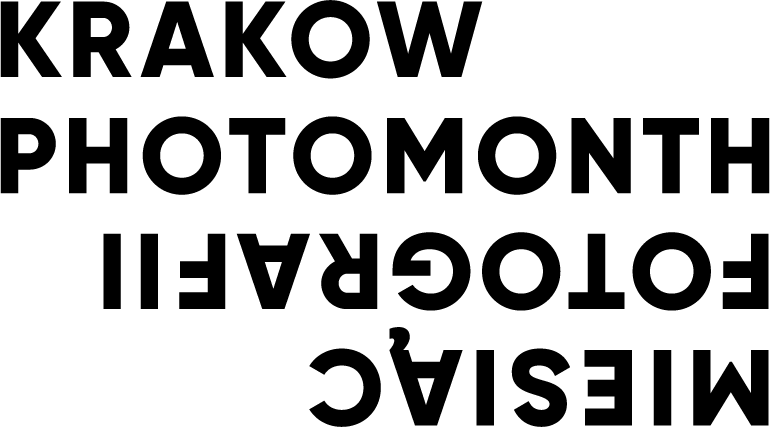HOW ARE YOU?
Artists: Kholoud Charaf (Syria), Izabela Makocka (Poland), Michał Maliński (Poland), Maria
Matiashova (Ukraine), Anastasiia Nekypila (Ukraine) Eleonora Stassi & Irfan Yildiz
(Italy/Switzerland, Kurdistan/Switzerland), Dima Tolchakov (Ukraine), Olga Stein
Kalynovska-Kravchuk (Ukraine), Nastasiia Leliuk (Ukraine), Maria Słabek (Poland), Szymon
Wołek (Poland), The ‘Sunflower’ Solidary Community Centre & Livyj Bereh Collective (Poland/Ukraine)
Curator: Natalia Wiernik
Cooperation: Kholoud Charaf
Visual identification: Gabriela Basta
Exhibition design and installation: Bartek Buczek
HOW ARE YOU? is a continuation of the „Welcome” exhibition and publication from 2022, in which artists addressed the topic of art and activism in the face of the growing migration crisis in Poland. We want to go back to those reflections and emotions, but find other words for them and change our helplessness into self-agency.
During the HOW ARE YOU? exhibition, together with SDK Słonecznik, we will raise funds for the activities of the Livyj Bereh collective – our goal is to finance the repair of at least one house destroyed as a result of Russian aggression against Ukraine.
„We all talk about the war, even if we do not mention it directly. The war is implicitly incorporated into our everyday discourse.”
Maria Matiashova
HOW ARE YOU?
The exhibition stems from a reflection on the meaning behind the sense of coherence and the agency related to it in terms of challenges we are currently facing. The sense of coherence is a theoretical construct introduced by sociologist Aaron Antonovsky; it points to the relevance of the human conviction about the world’s predictability and rationality, as well as to the validity of one’s position in relation to it. The existence of resistance resources is deemed essential here, and their lack might result in an inability to take action. Thus, in the context of a constant influx of evidence of human suffering, it is difficult not to question our own agency. The events that make up our reality do not allow us to forget about them and are present in every single activity we undertake, and the broadly understood human condition is closely connected to the current social and political situation. Helplessness, anxiety, burnout, and the resulting crisis are a commonplace condition affecting entire communities today. At the same time, we continue witnessing circumstances that demand our reaction.
We want to address the experience of everyday life in the context of ongoing conflicts. Because of the crisis – including the crisis of knowledge and understanding – we want to discuss experiences that testify to reality or, more precisely, to the ‘incomprehensible’ reality; the projects presented at this exhibition remain closely related to figurative language associated with the act of articulating experiences that are difficult to convey with words. They analyse the existing reality, often through the perspective of a child, the motif of an apparent game. We have decided to express our opposition to war through images that do not directly record its atrocities. We want to look deeper, touch the tender spaces that emerge from this experience and ask: How are you?
Psychoanalysts emphasize the significance of primary and early childhood psychological processes. They especially value studies showing that similar mechanisms are responsible for unconscious processes in adults. The exhibition addresses various forms of involvement, including those we pursue unconsciously. We want to examine the realm of ‘not-knowing,’¹ which is not directly linked to intellectual matters, but is closer to experience, emotion and the activities they stimulate us to pursue. It is a liminal area located between perception and thinking². The ‘not-knowing’ approach has a great transformative potential that can be compared to descending underground, into a darkness that sharpens our senses.
The exhibition is not a presentation, but a confrontation, and the question posed in its title has a therapeutic power – attempts to name and define emotions aid healing processes; our sense of being able to impact reality starts with understanding who we are in the context of current events and how they shape us, what convictions we have and how they influence our decisions to act on them. According to Rebecca Solnit, ‘in these moments of rupture, people find themselves members of a “we” that did not until then exist, at least not as an entity with agency and identity and potency.’³
The exhibition includes works by artists of various nationalities and cultures, and their languages and ways of expression interlock and complement each other, creating a polyphony that addresses the common experience, solidarity, and the need for cooperation. The common denominator of the showcased works is that they all analyse and diagnose the current reality, give it form, articulate it, and initiate the process of change.
„The sleeping giant is one name for the public; when it wakes up, when we wake up, we are no longer only the public: we are civil society, the superpower whose nonviolent means are sometimes, for a shining moment, more powerful than violence, more powerful than regimes and armies. We write history with our feet and with our presence and our collective voice and vision.”
Rebecca Solnit, Hope in the Dark [Chicago, Illinois: Haymarket Books, 2016], p. XXV.
¹ The subject of ‘not-knowing’ is broadly studied and discussed in the book Psychoterapia. Między wiedzeniem a niewiedzeniem, Darth W. and de Barbaro, B., eds. [Kraków: Wydawnictwo Uniwersytetu Jagiellońskiego, 2022].
² Wojciech Drath, Badanie jakościowe zjawiska niewiedzenia, in Darth W. and de Barbaro, B., eds. Psychoterapia. Między wiedzeniem a niewiedzeniem [Kraków: Wydawnictwo Uniwersytetu Jagiellońskiego, 2022], p. 186.
³ Rebecca Solnit, Hope in the Dark [Chicago, Illinois: Haymarket Books, 2016], p. XXV.
Organiser: Foundation for Visual Arts
Co-organiser: Bunkier Sztuki Art Gallery
Partners: Potocki Palace, Jan Matejko Academy of Fine Arts in Krakow
The project is co–financed by the City of Krakow.
Place
Bunkier Sztuki Gallery / Potocki Palace, Rynek Główny 20
level -1, entrance to the exhibition through the courtyard
Open
18.11.2023-7.01.2024
THU-SUN 3 p.m.-7 p.m.
*Exhibition closed: 22.12.2023-1.01.2024 and 6.01.2024
Tickets:
Regular: 15 zł
Reduced: 8 zł
Tickets available at the box office of the Compare Bookstore on the ground floor of the Potocki Palace.





